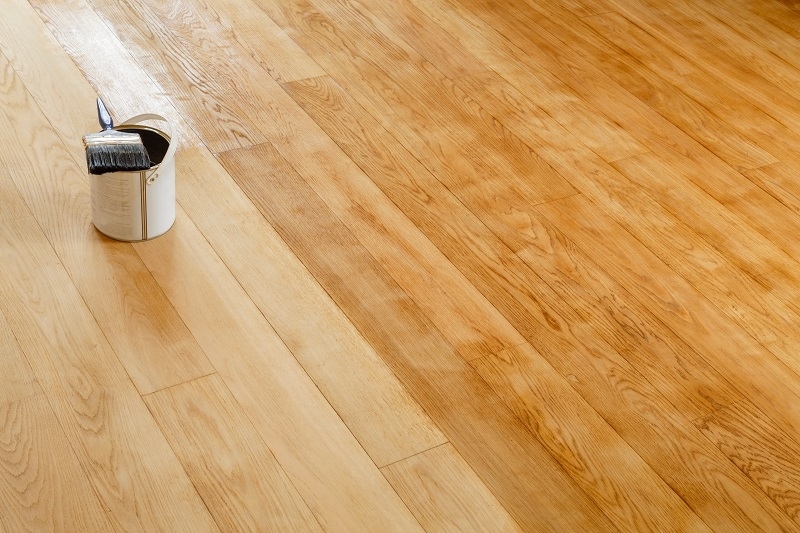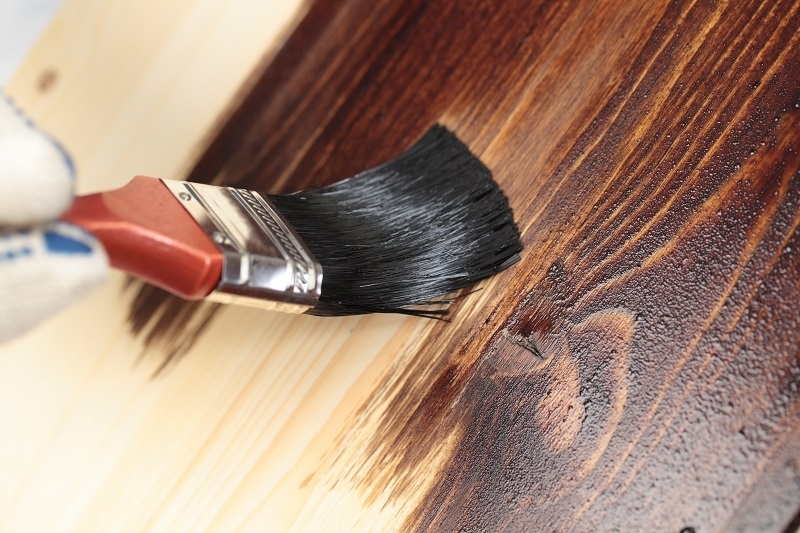To stain or not to stain? Guide to choosing wood and the right colour for it
Published: 11/08/21 By: Mike Bekin
Wooden tones can be found throughout our homes, in our furniture, flooring and trims, and our gardens and outbuildings. There are a wealth of stains out there and if you’re not an expert in the field of staining or woodwork, and let's face it, not many of us are, it can be challenging to choose the right stain colour for your woodwork. If you are in the process of selecting the type of wood you want to include in your home decor or garden project, you might also be considering which stain to use and how it will affect the overall finish. Here we will look at some different types of wood and how to choose the right stain colour to compliment them.
Wood Types
You may have already guessed, but different types of wood will absorb stains differently. For example, oak is renowned for being one of the easiest woods to stain as it absorbs the stain quickly and will often give a deeper, more pronounced finish. However, timbers with smaller pores such as pine or maple are harder to stain, and the colour may not come out as desired. Furthermore, the density of the timber is not the only factor that will affect the final stain colour result. Each wood has its own subtle undertones, which will affect the final result. For example:
-
Pine, a popular and inexpensive timber, has yellow undertones
-
Birch has hints of pink within its undertone
-
Poplar contains hints of green
-
Neutral tones can be found in American white oak
-
And as you may have guessed, red oak contains undertones of red!
Choosing a stain
You should select a stain that matches the colour result you are hoping to achieve. We will use the five types of wood detailed above to describe how each is affected by different types of stains:
A light stain will add very little colouring to any of these timbers. However, it will enhance the natural grain and colour of the wood.

A white stain will soften the tone of all types of wood without covering any of the grains like darker stains do. A white stain will also allow the wood's natural undertones to shine through but in a more subtle way. As you may expect, the softer woods which absorb stains more easily give a more profound and darker result when compared to woods like pine or birch, which do not have the same level of absorbency.

A golden oak stain – A mid-range wood stain option will enhance red tones in all wood types and give a result of a neutral brown shade across all timber species. Again red oak took the stain deeper, and pine will achieve a lighter finish.

Dark walnut stains will change the finish on all timber species, giving a dark finish and in the case of Birch, an almost black result. However, with pine, this shade comes out grey with pink undertones. So if you are looking for a very dark pine finish, you may need to opt for an even darker shade of stain.
 If you are planning on staining some timber within your home, whether it’s a new structure or freshening up an existing piece, Ecochoice always recommends testing a small area first to ensure you achieve the desired result rather than trusting the shade on the tin. A stain will not only give your wooden furniture a new look, but it will also protect the surface against the elements all year round.
If you are planning on staining some timber within your home, whether it’s a new structure or freshening up an existing piece, Ecochoice always recommends testing a small area first to ensure you achieve the desired result rather than trusting the shade on the tin. A stain will not only give your wooden furniture a new look, but it will also protect the surface against the elements all year round.
Images: StockphotoVideo, Ferumov, Paul Maguire / Shutterstock.com
Tags: Softwood, Timber, Treatments
Categories: Insights
